Our snapshot of the pearl market tells you everything you need to know about characteristics, pricing, and availability
Pearls have upped their game in recent seasons, going from traditional and classic to trendy and chic. Both supply and demand have risen—presenting opportunities and challenges for retailers who want to capitalize on their popularity while maintaining achievable price points. Below, we’ve assembled a primer on the six pearl varieties you’re most likely to find in jewelry collections. (Note: All of the varieties described are cultured, except for conch pearls.)
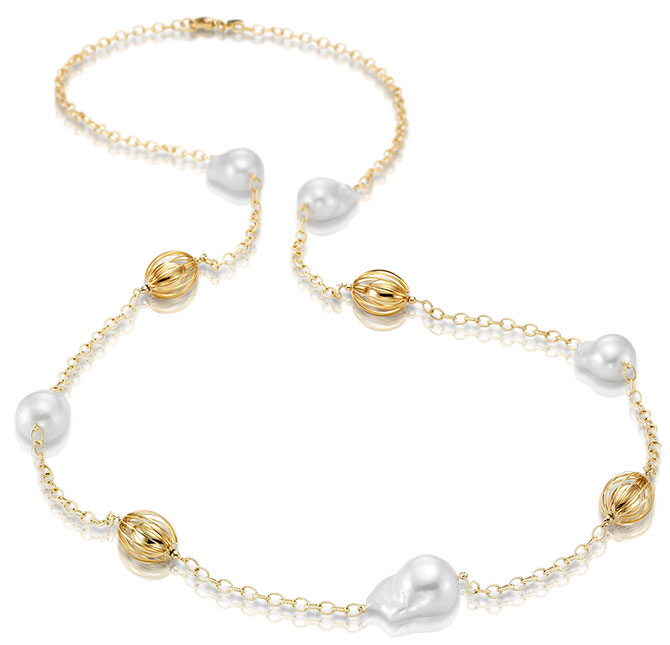 1 / FRESHWATER
1 / FRESHWATER
Introduction
Cultured in the Hyriopsis cumingi and Cristaria plicata mussels, freshwater pearls have a reputation as entry-level pearls. For retailers, that means these gems are better suited for fashion-oriented rather than investment pieces.
Characteristics
Freshwater pearls range significantly in both size and color, coming in generally between 4 mm and 14 mm. They come in a variety of natural colors: white, cream, yellow, orange, pink, and light purple, with overtones of pink, blue, and/or green.
Place of Origin
The lion’s share of freshwater pearl production today comes out of China, where they are farmed in lakes and rivers.
Current Supply Forecast
Although dealers say quality has improved as production has grown, they add that finding high-end freshwater pearls can be more challenging, and the price premium they command can put them on par with akoya pearls of similar size and quality.
Current Pricing
A 16-inch strand of 9 mm to 10 mm freshwater pearls—a typical size—at the high end of the quality spectrum can be found for $500 to $700.
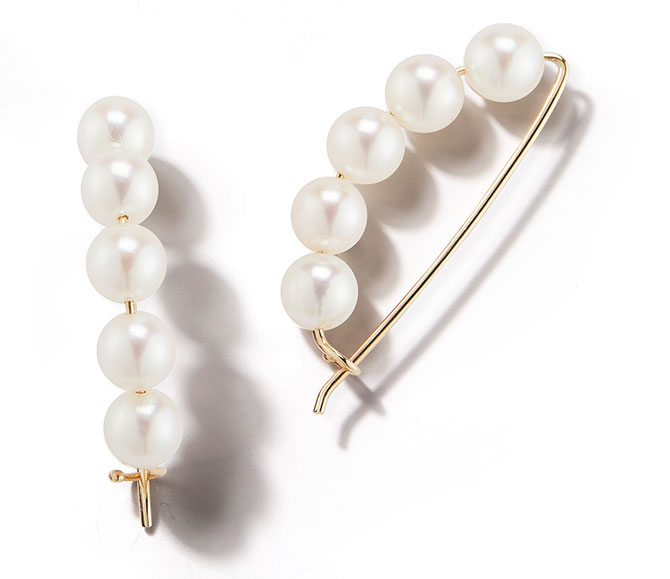 2 / AKOYA
2 / AKOYA
Introduction
Born of the Pinctada fucata or Pinctada radiata saltwater oyster, akoya pearls are widely considered the “classic” cultured pearl—the smallest and most affordable of the marine varieties, they are squeezed between freshwater pearls at the low end and South Sea pearls at the high end.
Characteristics
Most of the market ranges from roughly 6 mm to 9.5 mm; akoyas’ thinner nacre coating relative to South Sea pearls gives them a shinier luster.
Place of Origin
Akoyas were first cultivated in Japan around the start of the 20th century; these methods were adopted by the Chinese, who came to dominate akoyas. But today, buyers say Japan is the primary source again, with China ceding the majority of the industry back to the akoya’s original country of origin.
Current Supply Forecast
Buyers say robust production has led to a bifurcated market: Prices for lower-quality specimens are falling, while they have risen at the top end.
Current Pricing
For good quality, a strand of 8 mm to 9 mm akoya pearls generally costs between $1,000 and $1,500, according to dealers.
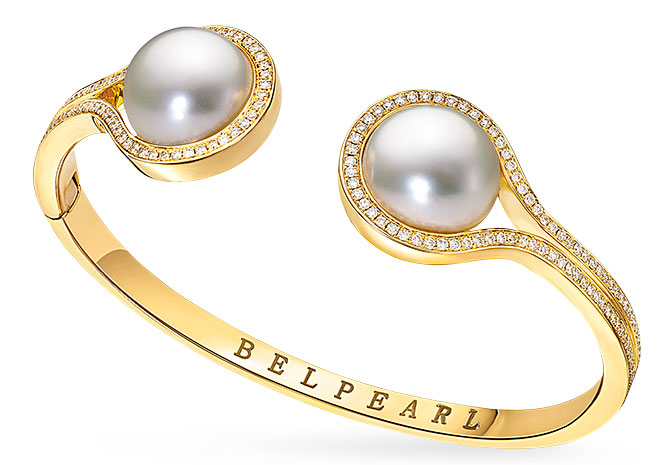 3 / WHITE SOUTH SEA
3 / WHITE SOUTH SEA
Introduction
South Sea pearls are the crown jewels of statement-making pearl jewelry. A longer cultivation time inside the silver-lipped Pinctada maxima saltwater oyster and thicker nacre give these pearls a soft luster that is highly prized, but this also makes round specimens scarcer, and baroque pearls more common.
Characteristics
The white variety can be pure white to cream-colored, sometimes with subtle overtones of pink, green, or blue. They generally range from roughly 10 mm to 18 mm in size, and can top out as large as 20 mm to 22 mm, with most falling in the 13 mm to 15 mm range.
Place of Origin
White South Sea pearls are produced across the South Pacific, east to the Indian Ocean, and off the northern coast of Australia.
Current Supply Forecast
Demand from the U.S. and Chinese markets has risen while production has been crimped by storms and pollution, inflating prices.
Current Pricing
A high-quality strand of 12 mm to 15 mm South Sea pearls fetches between $10,000 and $15,000, while scarcity has driven up prices for top-quality strands to $20,000–$30,000.
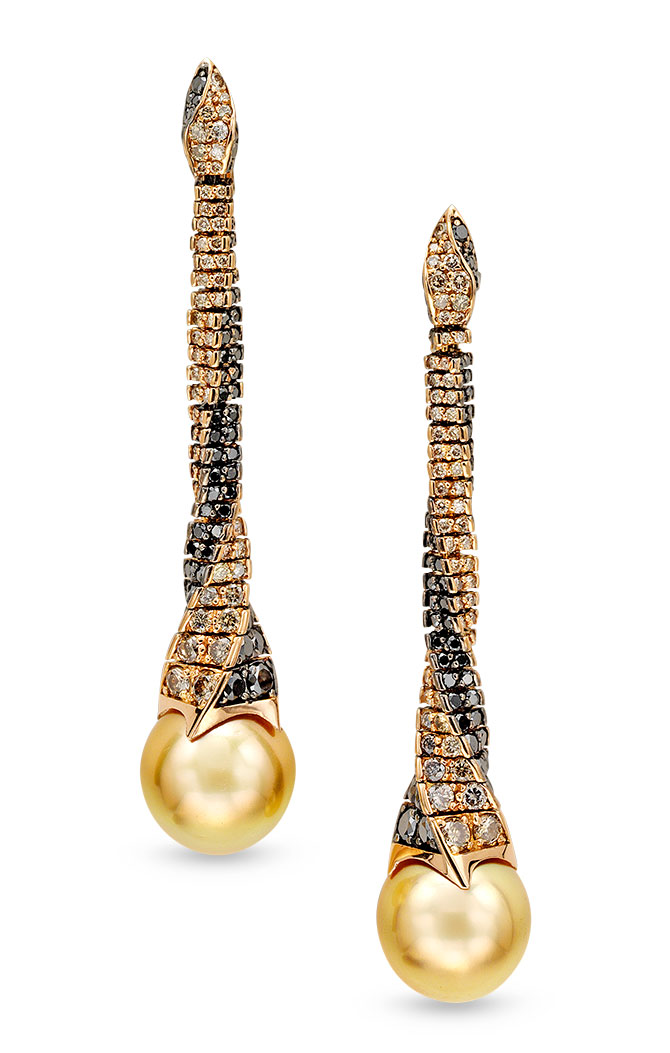 4 / GOLDEN SOUTH SEA
4 / GOLDEN SOUTH SEA
Introduction
These visually stunning cousins of white South Sea pearls, birthed by the golden-lipped Pinctada maxima oyster, are as prized as they are rare—and also threatened.
Characteristics
The yellow color of these pearls ranges from pale straw to rich gold, like the metal. They’re slightly smaller than their white counterparts, generally in the 9 mm to 14 mm range. Specimens above 14 mm are very rare, and these top out a few millimeters below their white counterparts, at about 18 mm.
Place of Origin
Golden South Seas are produced primarily in Indonesia, Myanmar, and the Philippines. Indonesian producers are said to produce higher-quality golden pearls.
Current Supply Forecast
As with white South Sea pearls, producers must contend with pollution that can injure the oysters and storms that can disturb the beds.
Current Pricing
Thanks to strong Chinese demand, a strand of the highest-quality 10 mm golden South Sea pearls wholesales in the $17,500 to $20,000 range; a 12 mm strand could be twice that.
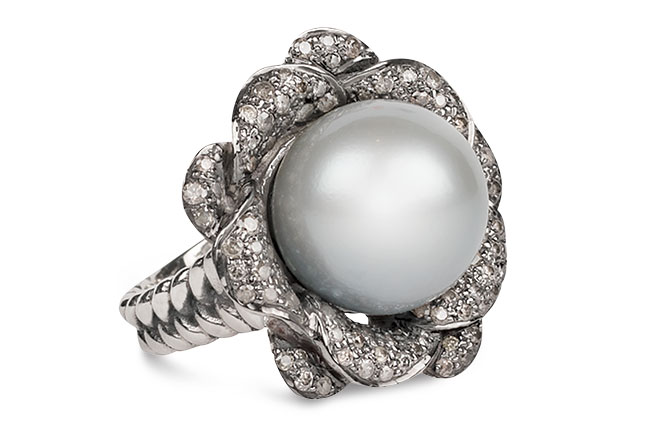 5 / TAHITIAN
5 / TAHITIAN
Introduction
Tahitian pearls are the black variety of white and golden South Sea pearls, and are produced by the black-lipped Pinctada margaritifera (cumingi) saltwater oyster.
Characteristics
Often called “black” pearls, Tahitians actually come in a rainbow of grays, browns, deep blues, greens, and purples. Most produced today range from 8 mm to 11 mm, but they can go up to 20 mm in size.
Place of Origin
Despite the name, Tahitian pearls are grown across French Polynesia, a group of islands and atolls in the middle of the South Pacific Ocean.
Current Supply Forecast
Buyers say supply and demand have been steady, with smaller pearls readily available; large specimens without irregular shapes or blemishes, however, are scarce.
Current Pricing
Buyers say a strand of 12 mm Tahitians can cost $5,000 to $10,000, depending on size and quality.
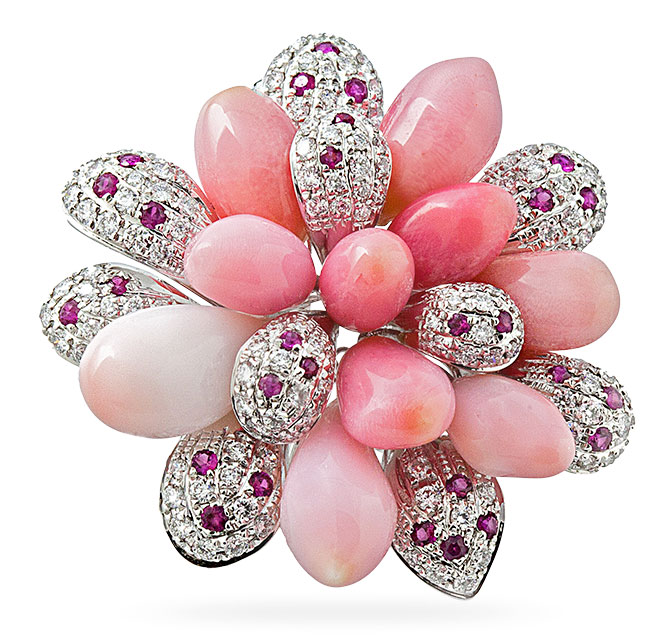 6 / CONCH
6 / CONCH
Introduction
These vivid pink pearls might not have the luster of their Pacific cousins, but they are highly valuable in their own right.
Characteristics
Conch pearls are small and porcelaneous (that is, non-nacreous), and range in color from the palest pink to nearly red. They are measured in carats rather than millimeters for commercial purposes, with 6 to 8 cts. typical. A pearl larger than 10 cts. is extremely rare.
Place of Origin
Grown by a type of giant sea snail in the Caribbean waters around the Bahamas and Bermuda, these pearls occur naturally and are a byproduct of conch shell fishing.
Current Supply Forecast
Conch pearls have become more popular over the past five years or so. Their entirely natural formation combined with restrictions to prevent overfishing makes these pearls exceptionally rare.
Current Pricing
Their rarity and size make conch pearls extremely expensive gems. A single pearl might cost $10,000.
1 / Polished cage chain necklace with 15 mm–18 mm white baroque freshwater pearls on a 37-inch 18k yellow gold chain; $3,630; Mastoloni; 800-347-3275; mastoloni.com
2 / 14k gold akoya pearl large safety pin earrings; $800; Mizuki; info@mizukijewelry.com; mizukijewelry.com
3 / Kobe drop cuff with 12 mm South Sea pearls and pavé diamond rim in 18k yellow gold; $9,900; Belpearl; team@belpearl.com; belpearl.com
4 / 12.4 mm–12.9 mm golden South Sea cultured pearl drops with 4.12 cts. t.w. black and 3.7 cts. t.w. brown diamonds in 18k rose gold; $14,200; Reho Concepts for Assael; 212-819-0060; assael.com
5 / Diamond floral ring with 1.36 cts. t.w. diamonds and 14 mm Tahitian pearl in sterling silver; $1,850; Vincent Peach; 615-378-1374; vincentpeach.com
6 / Natural conch pearl two-in-one flower necklace and brooch with 28.12 cts. t.w. conch, 1.59 cts. t.w. diamonds, and 0.57 ct. t.w. rubies in platinum; $59,985; Tara; 888-575-TARA; tarapearls.com